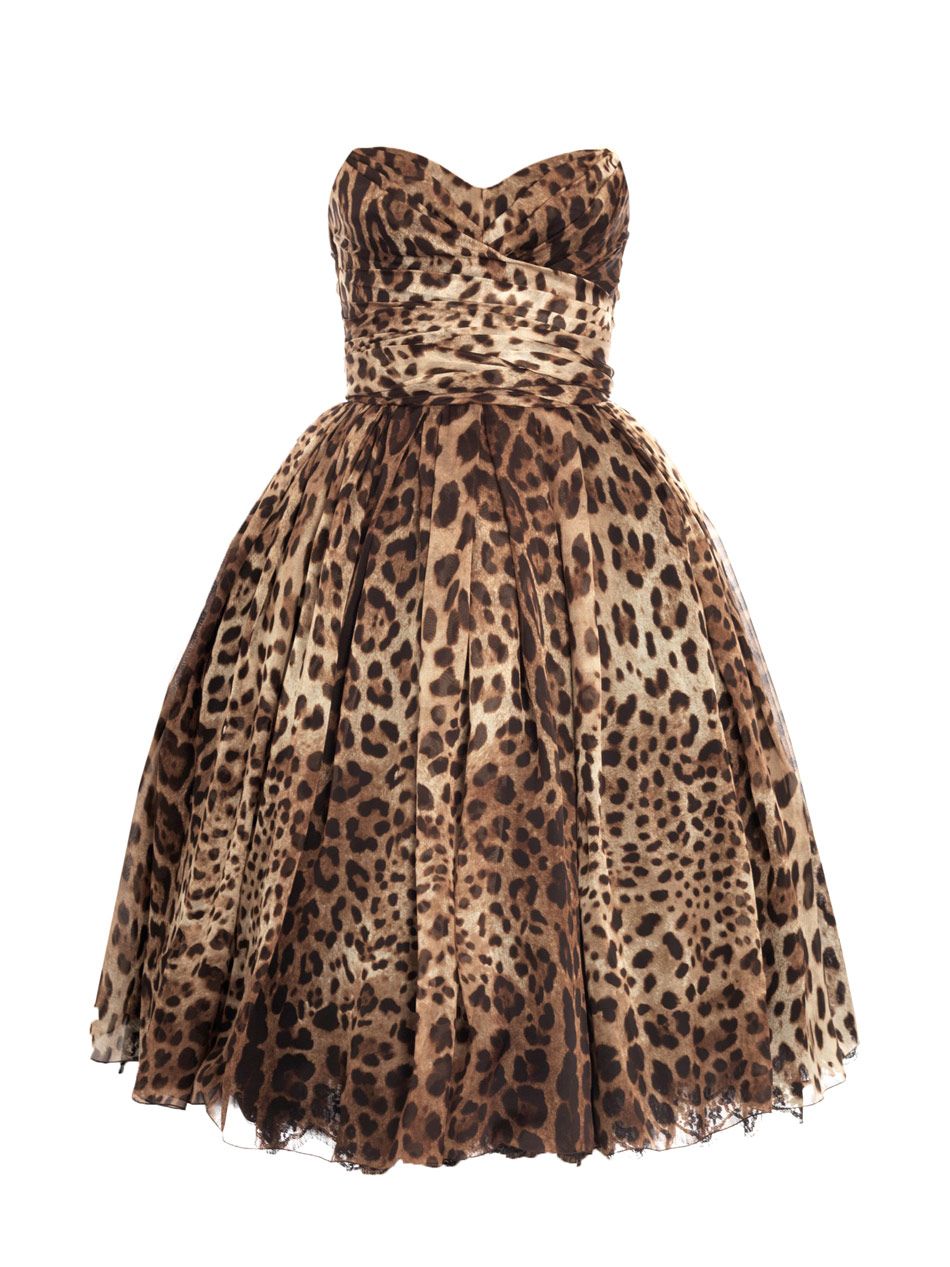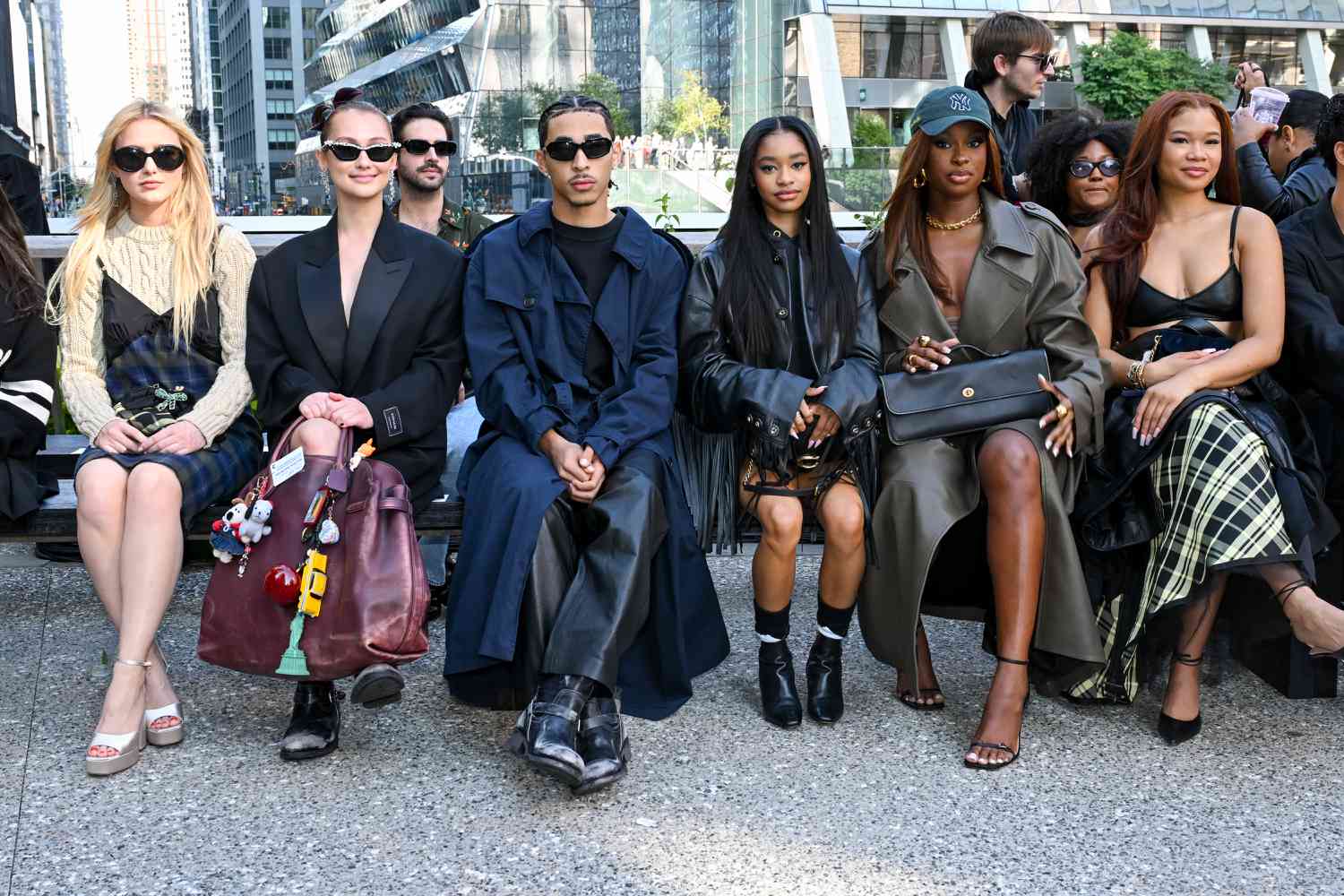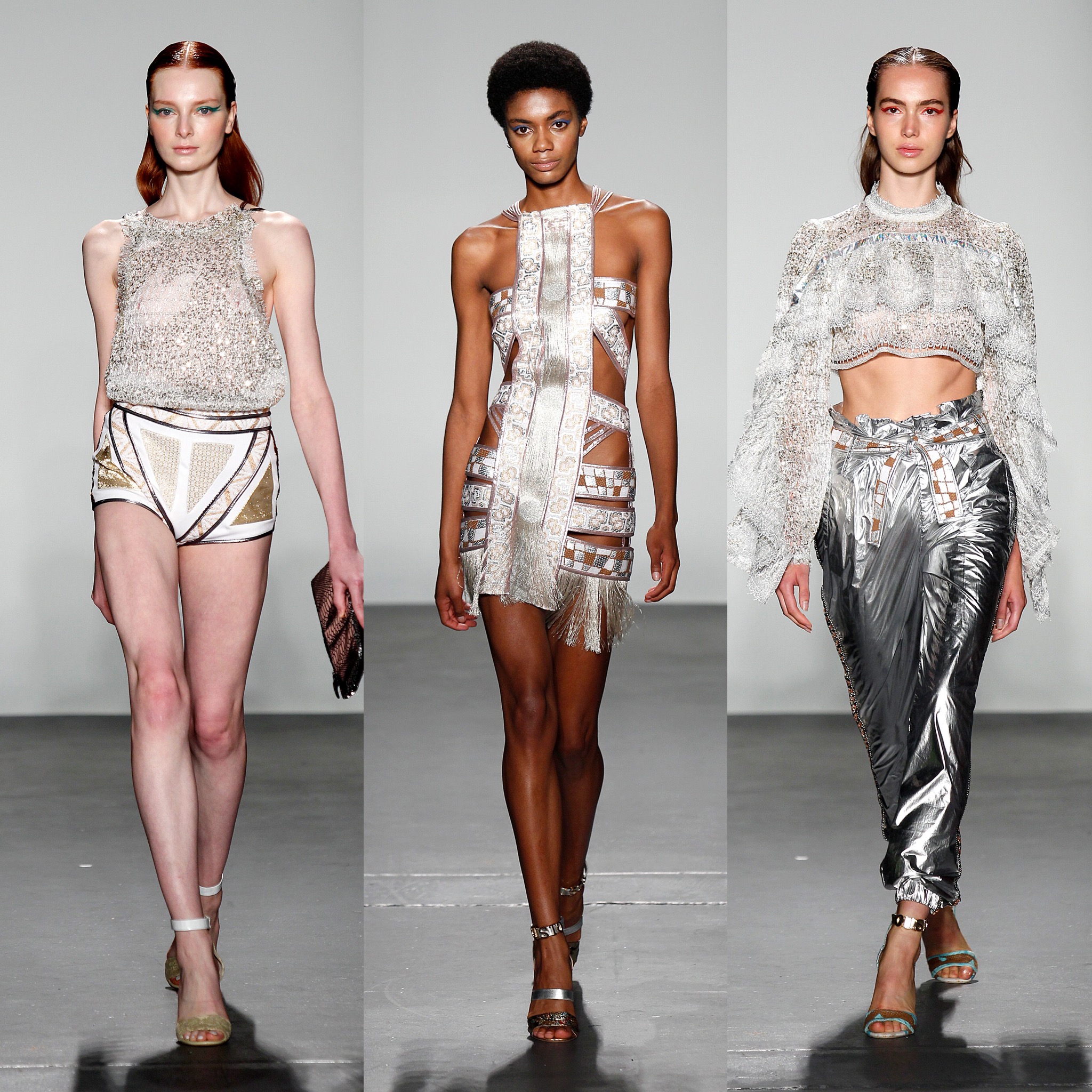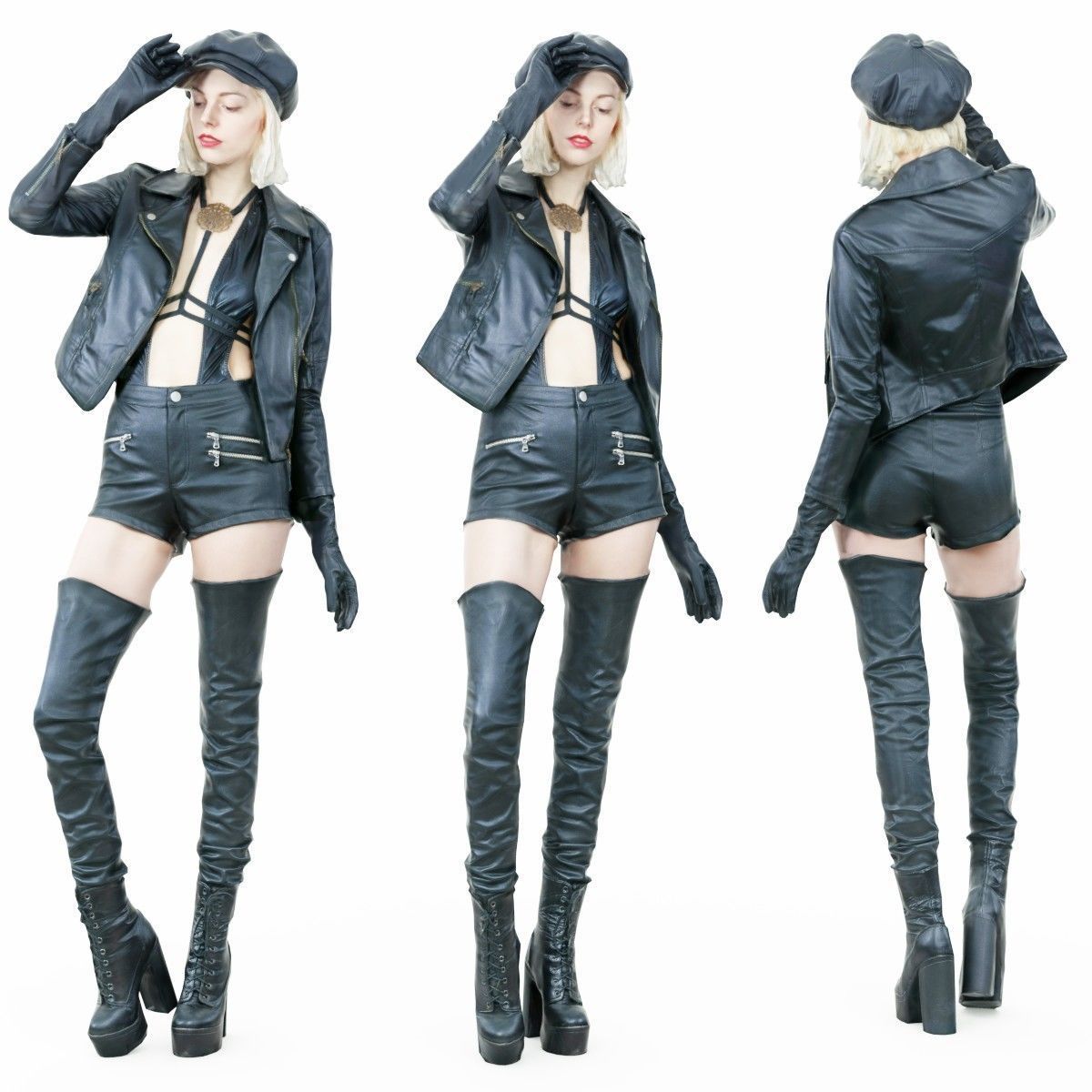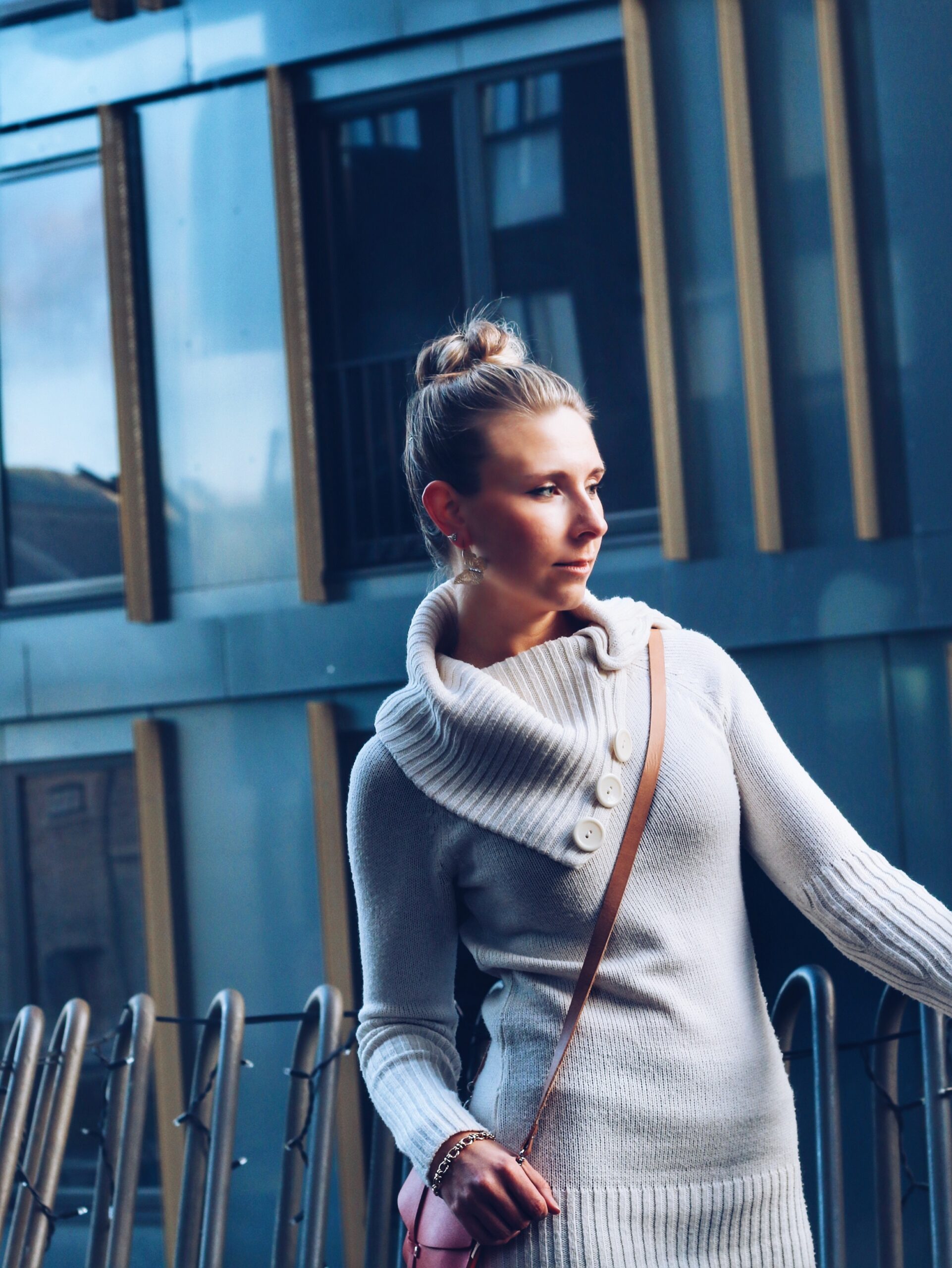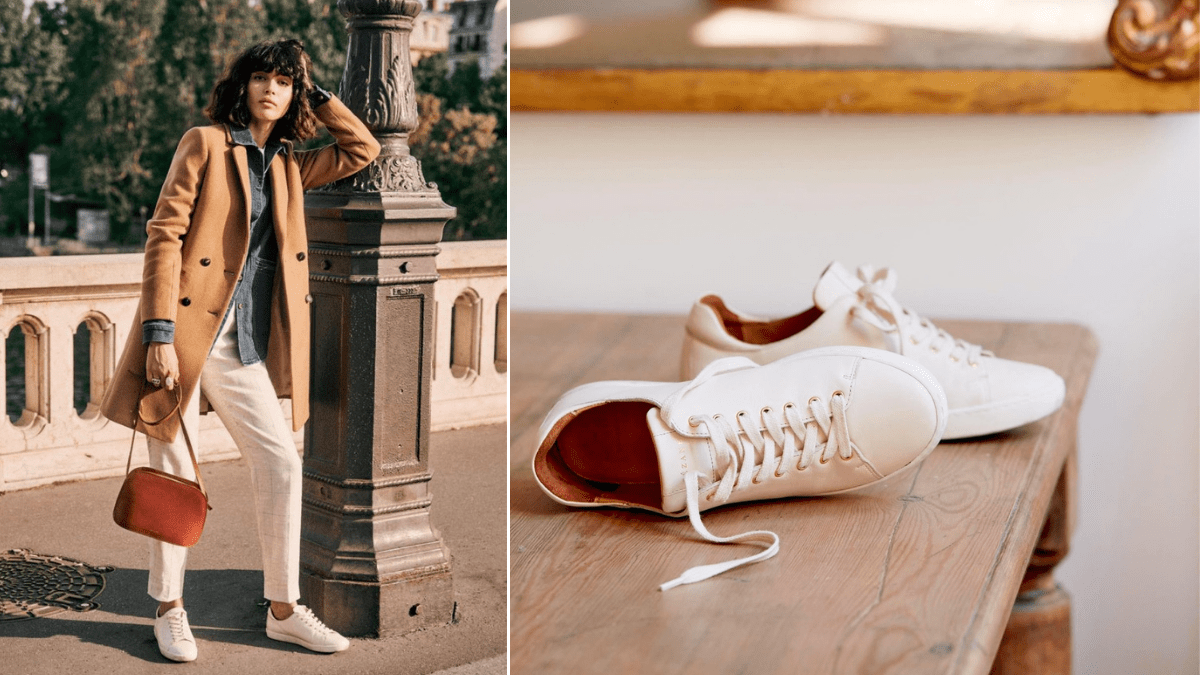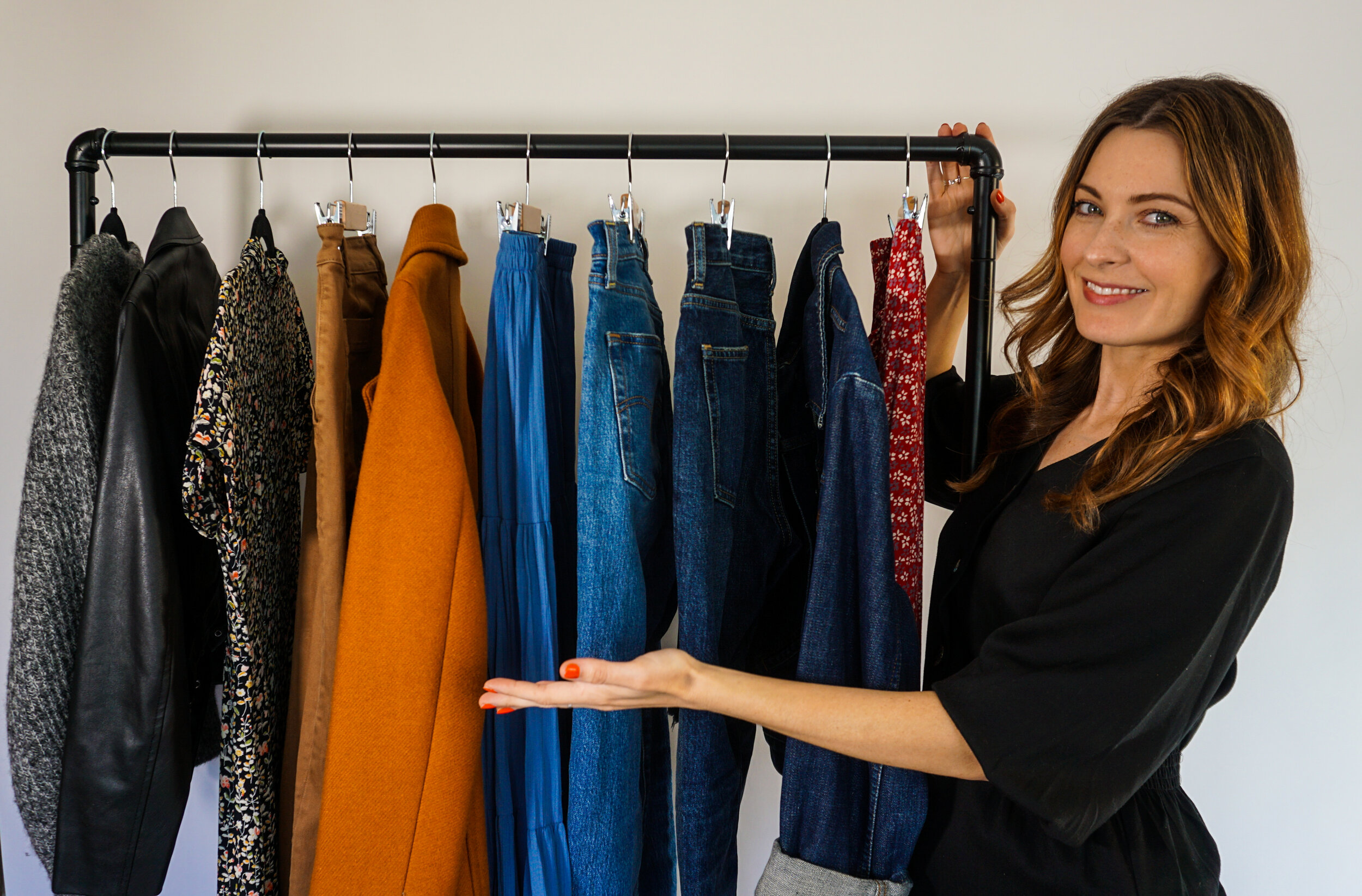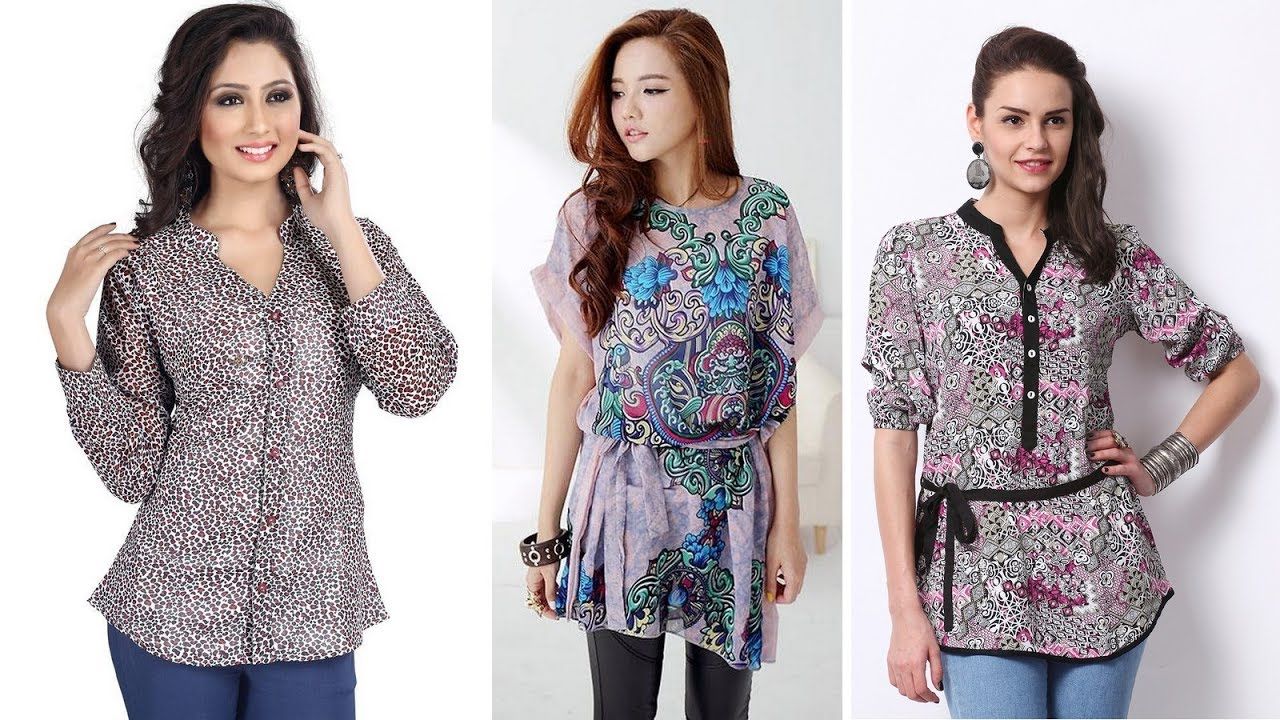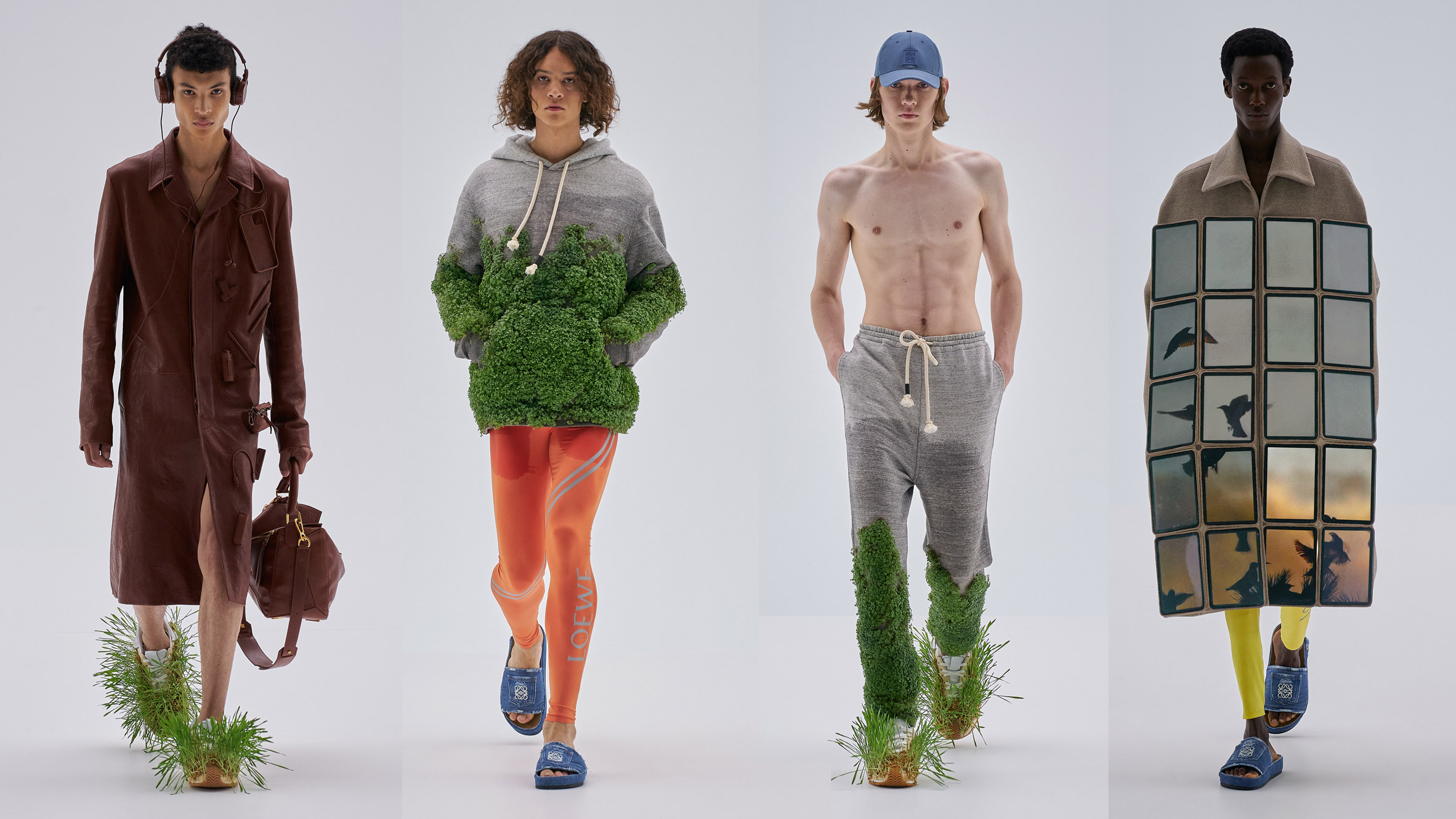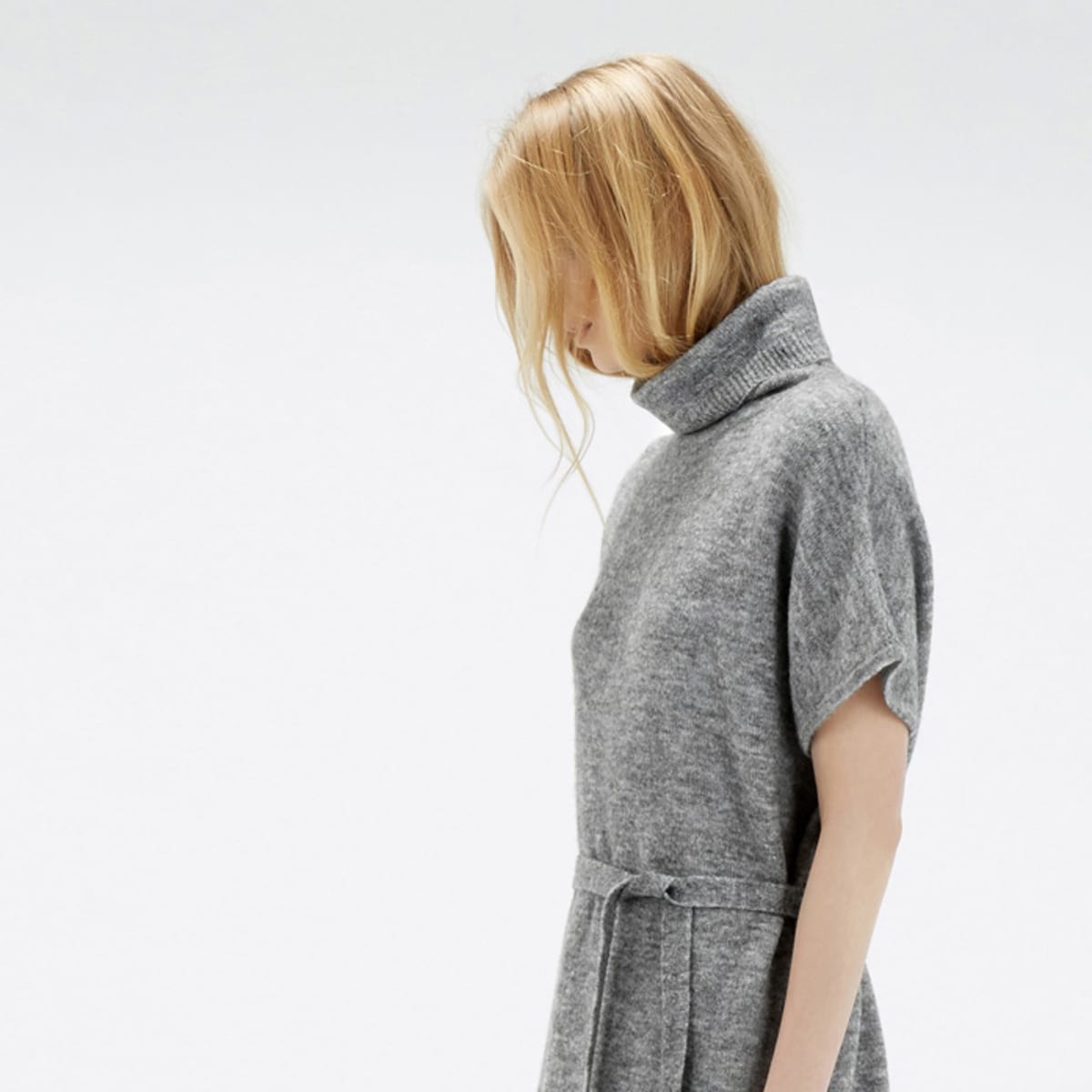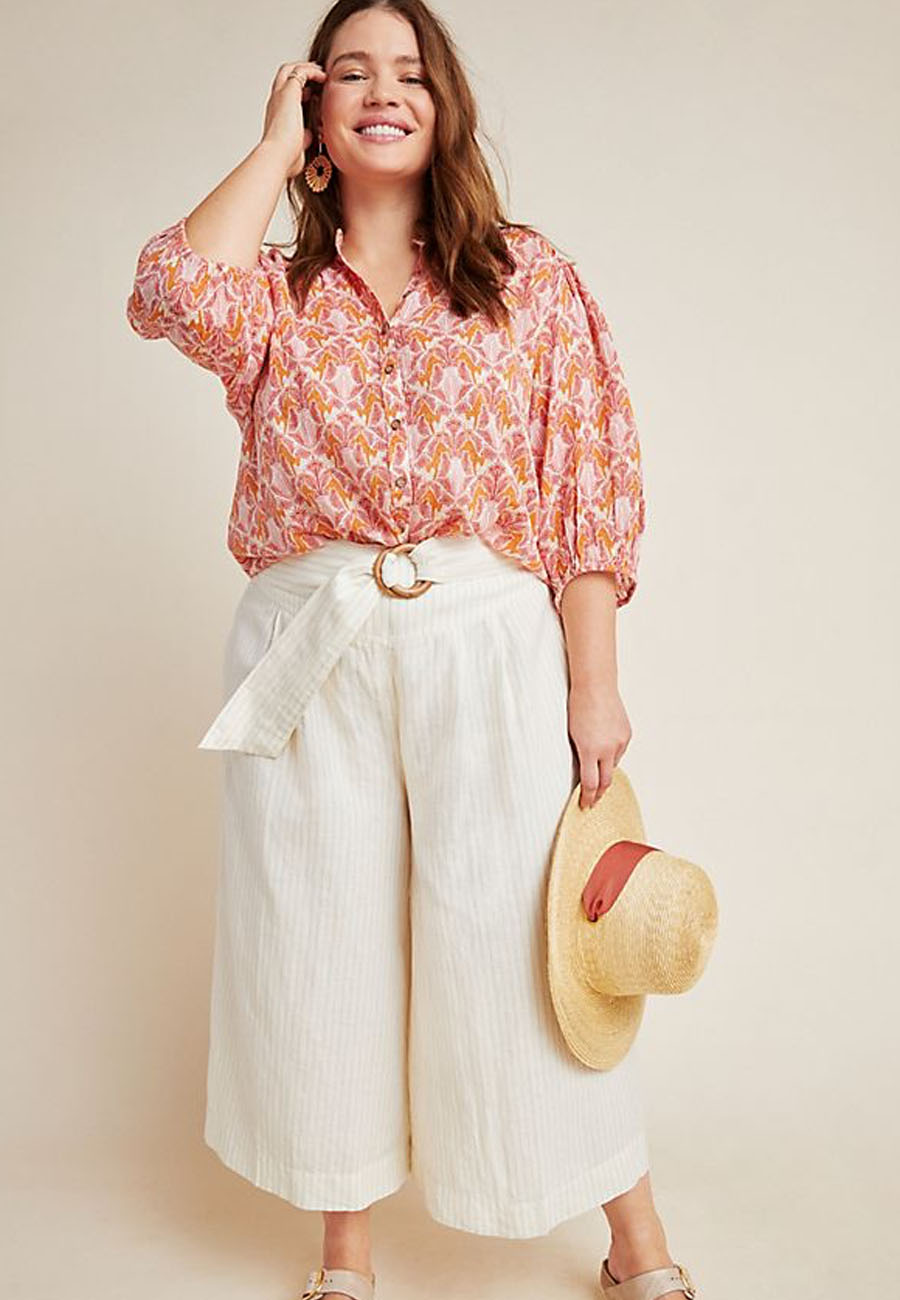From Closet Chaos to Cash Flow
It started with a mess.
The kind of mess you avoid by throwing a sweatshirt over it and pretending it doesn’t exist. My closet was a chaotic graveyard of impulse buys, sentimental-but-never-worn pieces, and clothes I swore I’d fit into again. (Spoiler: I didn’t.)
But one Saturday morning, fueled by too much iced coffee and a “declutter your life” TikTok binge, I decided to finally do something about it.
That “something” turned into $500 in profit, a newfound hobby, and a deeper understanding of what sells in the world of thrift flipping fashion.
Let me tell you how I did it—and how you can too.
What is Thrift Flipping, Anyway?
Thrift flipping is basically the fashion world’s version of turning water into wine—except the water is a $3 pair of mom jeans and the wine is a $45 Depop sale.
It’s the art (and hustle) of taking secondhand clothing—whether it’s from your own closet, a thrift store, or even Facebook Marketplace—and reselling it for a profit. Sometimes it’s just about good styling and photography. Sometimes it’s about full-on upcycling and DIYing.
For fashion marketers, it’s a fascinating subculture that fuses aesthetic, sustainability, and savvy branding.
Step 1: Sourcing (AKA Raiding My Own Closet)
The beauty of starting out? You don’t need to buy inventory right away.
I pulled out about 20 pieces I hadn’t worn in over a year. Think:
- That Urban Outfitters dress I loved but never wore.
- A vintage windbreaker I thrifted in college.
- Five pairs of high-waisted jeans that all had “potential” but never saw daylight.
I researched similar listings on platforms like Depop, Poshmark, and Vinted to get an idea of pricing. If others were selling similar pieces for $25–$50, I knew I was onto something.
Step 2: The $0 Branding Strategy That Worked
Here’s where the fashion marketing magic kicked in: Presentation mattered.
I didn’t just throw the clothes on a hanger and snap a photo in bad lighting. I styled them. I modeled them. I made the thumbnails scroll-stopping.
I used natural light, added props like books or plants, and made my photos look like a curated Pinterest board.
And I gave each item a name—“’90s Dream Blazer” sounds way more compelling than “black blazer.”
👉 Pro tip: If it looks like an Instagram ad for a boutique, you’re doing it right. People don’t just buy clothes—they buy a vibe.
Step 3: Platforms & Pricing That Actually Sold
I started with Depop, because it’s Gen Z’s fashion playground. But I also cross-listed to Vinted and Instagram Stories for local buyers.
Here’s what sold and why:
| Item | Bought For | Sold For | Why It Sold |
| Vintage Nike Windbreaker | Free (from my closet) | $60 | 90s revival, sporty-core trend |
| Corduroy Button-Up | $5 | $28 | Cottagecore vibes, styled with a latte |
| Levi’s 501 Jeans | Thrifted for $8 | $45 | Keyword-heavy description + quality photos |
| Baby Tee (Y2K style) | Closet clean-out | $22 | Modeled it in a styled mirror selfie |
| Velvet slip dress | $10 | $38 | Described as “festival season ready” |
Total profit after fees/shipping: $503.72
What I Learned (and What You Should Know)
1. Trends Matter—But So Does Timing
Cottagecore, Y2K, “clean girl,” “mob wife”—these aesthetic trends drive search behavior. I literally added trending keywords in my listings, and they made a difference.
But trends are seasonal. What sells in September might flop in March. Keep an eye on Pinterest Trends, TikTok Fashion, and Google Shopping Insights.
2. Don’t Overthink Perfection
My early listings weren’t perfect. But they sold because they had personality. People don’t want perfection—they want authenticity, character, and good styling.
3. Sustainability is a Selling Point
More and more buyers care about where their clothes come from. Mentioning that a piece is thrifted, upcycled, or vintage adds eco-conscious value. It’s not just fashion—it’s fashion with a mission.
The Fashion Marketing Takeaway
Thrift flipping fashion isn’t just a side hustle—it’s a lesson in grassroots branding, storytelling, and understanding consumer psychology. You’re not just flipping clothes. You’re flipping perception.
From product naming to aesthetic photography, it’s all about selling a story. That’s the essence of good fashion marketing.
Ready to Try It?
Whether you’re a broke college student, a budding stylist, or a fashion marketing student looking to understand consumer behavior IRL—start small. Start with your own closet. Learn by doing.
Who knows? Your next $500 might be hiding behind that sequin jacket you’ve been ignoring since 2018.
💬 Let’s Chat
Have you tried thrift flipping? Got questions about where to sell or how to style listings? Drop a comment or DM me on Instagram—I’d love to connect with fellow style flippers and fashion storytellers.

